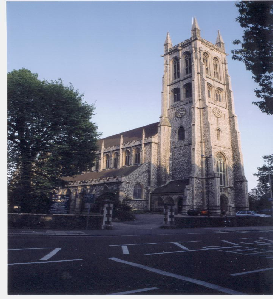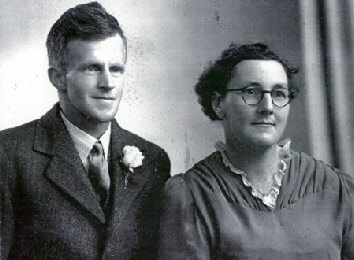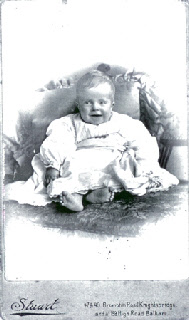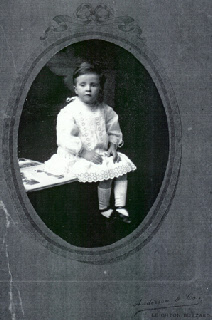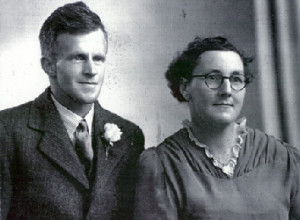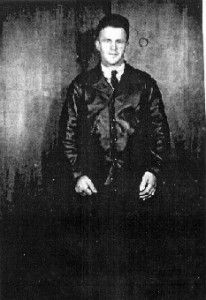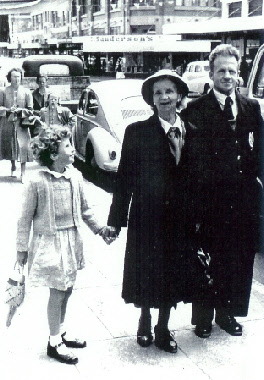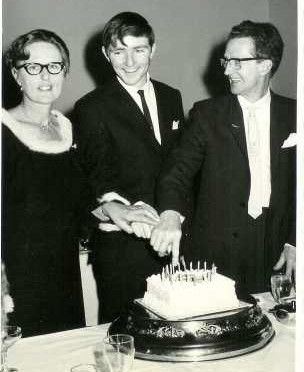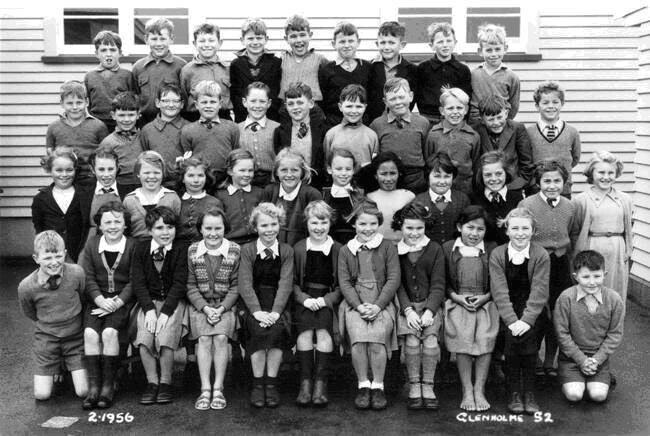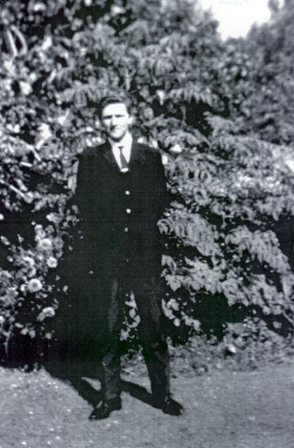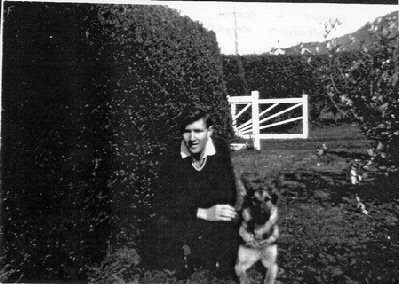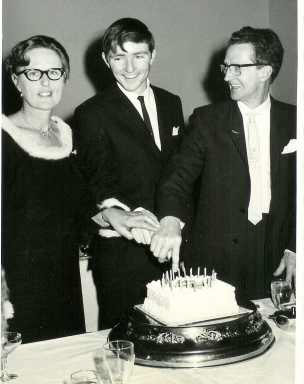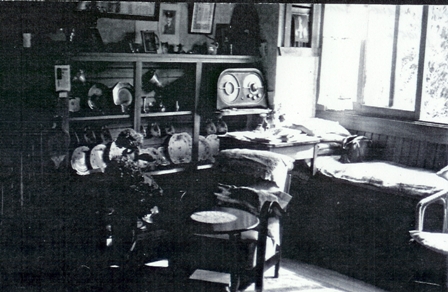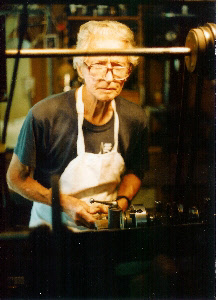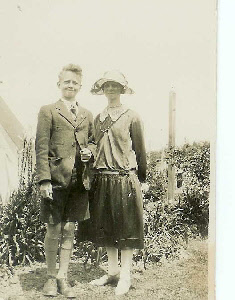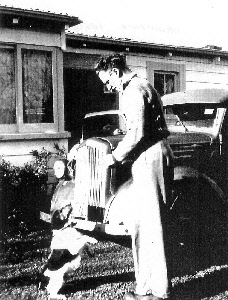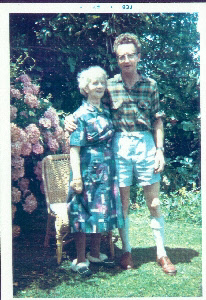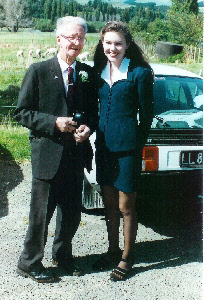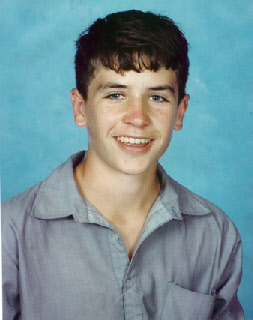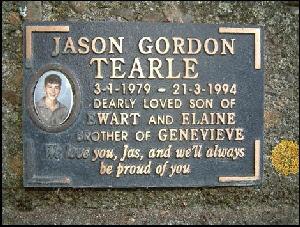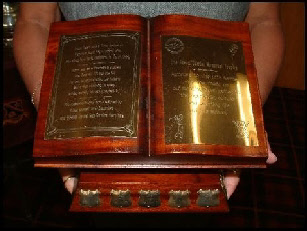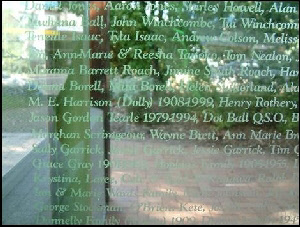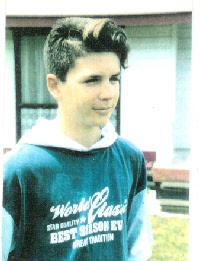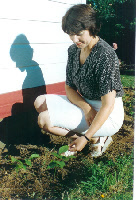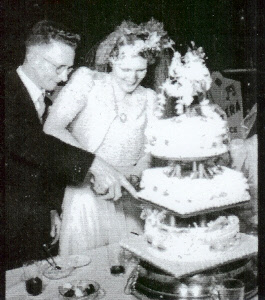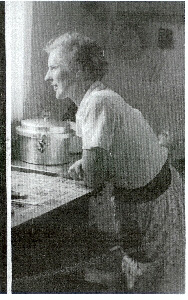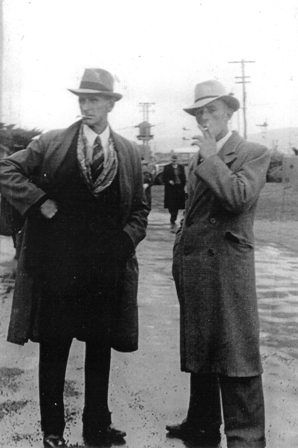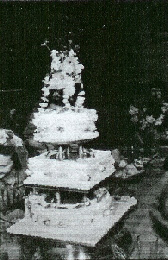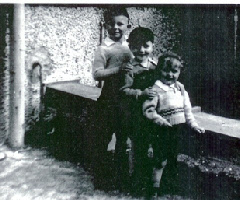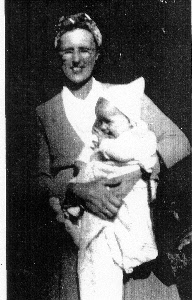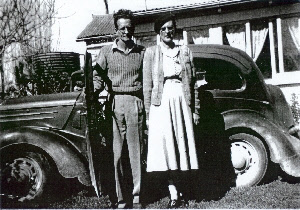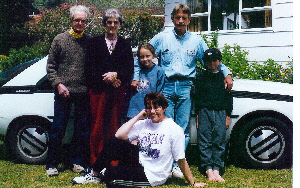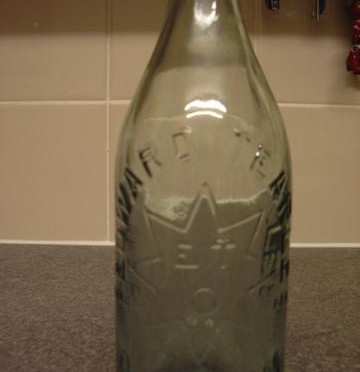As so often seems to happen, we simply “fall over” a Tearle incident and then we spend many hours in research and discussion trying to find out the story behind the incident. Edward’s story begins with a bottle and Richard tells it thus:
“Two or three years ago, I saw an old ginger beer stoneware bottle advertised on e-bay, which indicated that it ‘belonged’ to Edward Tearle of Oldham. I had never heard of him (we had not got the information about the Preston Tearles from CemSearch at that time). Nor was I entirely sure if ET was the maker of the bottle or the provider of the contents! Some token investigations revealed nothing and the matter became a ‘pot boiler’. Other – glass – bottles came up on offer, but still research fell on stony ground. Finally, about two months ago (Sept 07) one came up that I could afford but I was outbid. Every time one came up for auction, I would mail the seller and ask if they had any information about Edward – none of them knew anything. Many bottle experts and collectors were mailed, but I still no progress.

Vintage bottle
Out of the blue, a seller of a previous example offered to send me, free gratis, another bottle he had. I accepted gratefully and it duly arrived. At last I could see exactly what was on the bottle. The seller had dated the ir as 18th century, but this was clearly incorrect: the figures 1707 appeared on the base of the bottle and it would be easy to assume that this constituted a date. As it turned out, it was a maker’s mark. The maker’s name was ‘N & Co’ which I was able to establish as Nuttall & Co of St Helens. They were active in the mid 19th century until 1913 or so when they were absorbed by the United Glass Co.
The markings on the bottle were decisive: ‘Edward Tearle’ and ‘Oldham’ were prominent as was the trade mark – an 8 pointed star with ‘E.T’ and an embossed circle inside. Either side of the star were the words Trade and Mark – this helped establish that 1707 wasn’t a date as trade marks were not noted until the mid 19th century.
There was some speculation in the group as to whether this might have been, in fact, Ebenezer Tearle, who was a known brewer in the London area, and whether the trade mark had any connection with Thomas Tearle’s Star Brewery, also in London.
But a second bottle turned up in quick succession which was exactly the same except for the bottle makers – CS & Co – who were also based in St Helens.
For me, it was impossible to get away from the Lancashire connection and much renewed research began – but with little to add except to confirm the few things we already knew:
CS & Co seemed to have been active mostly between 1872 and 1916: United Glass Co was formed in 1913 by 4 companies, two of which were CS & Co and Nuttall and Co. CS & Co were also based in St Helens and one thing which comes up a lot is descriptions of bottles whereby the brewers (or whatever) have their marks and location on the side of the bottle, with the maker’s details on the base. The point of this is that it would now be fairly certain that Edward Tearle was active in Oldham as both bottles have that place on the side.”
We knew we needed local knowledge, but with none available, we could not conduct the enquiry any further.
We were contacted by Hazel Anderson of Preston, great-grand-daughter of Mary Ann in the photo above. She volunteered some local research, a quite extraordinary note from Susan Smith of the Oldham Local Studies and Archives:
“Edward Tearle only appears in the Worrall’s 1895 Trade Directory of Oldham along with a Henry Tinsley trading as Tinsley and Tearle, Herb Beer Brewers. Edward’s home address was 14 Minton Street, Oldham and Henry Tinsley’s home address was 9 Firth Street, Oldham. Their business was located on Rink Road, off Union Street, Oldham. This may have been a short lived business as they do not appear in any other trade directory either as partners or as individuals brewing herb beer. In the 1891 census, there were many drapers living in Minton Street, but not Edward, so maybe the Edward Tearle living in Preston
is the man who brewed herb beer in Oldham, but whose later occupation was as a draper.
I have tracked his partner, Henry Tinsley in the Electoral Rolls and he was listed at 9 Firth Street in 1894 and his previous address was 15 Cromwell Street where he was living at the time of the 1891 census. Cromwell Street is very near to Rink Road. Henry’s occupation then was given as a carter. See attached census extract.
I could not find Edward Tearle in any Electoral Register.”
We had hardly drawn breath from this revelation when Hazel wrote again:
“I have been to Preston reference library today to find out where Sophia and Joseph’s grocers shop was. It seems they had two. One at 34 Maitland Street and one at 139 Ribbleton Lane. It looks like a lot of the Tearles owned businesses in Preston.
There was mention of Edward Tearle a draper at 91 Ribbleton Avenue, Preston”
As usual in these circumstances, Barbara Tearle of Oxford came up with the key:
“I’ve just consulted one of my favourite sources, the London Gazette, and come up with the following:
The Gazettes of 1892 and 1893 contain details of Joseph Tearle of Preston and Oldham going bankrupt.
Joseph Tearle, of 100, Wilbraham Street, Preston, trading at 139, Ribbleton-lane, Preston, also at Rimes-road, Union-street, Oldham as a Provision Dealer [at the first address] and as a Herb Beer Manufacturer [at the second address].
The words in brackets are my additions based on the layout of the page in the Gazette.
The Official Receiver at Preston dealt with this and Joseph managed to repay 1s 11d halfpenny in the pound of his debts.
Is Joseph, Edward’s father?”
Richard:
“it identifies our man quite a bit and may well point to your Edward being a one-time herb beer manufacturer, possibly before he became a draper….”
Hazel:
“Edward Tearle is the son of Joseph and Sophia Tearle and therefore my great grandmother Mary Ann Tearle’s brother. The information you have found in the Gazette seems to prove that Edward Tearle of Oldham and Edward Tearle of Preston are one and the same person.”
Richard:
“Mystery solved. Although a small thing in Family History investigation, I feel that persistence, collaboration, lateral thinking and perhaps a little bit of luck have contributed to this story having a successful conclusion!”
We had uncovered the story of Edward, the herb beer maker of Oldham and seen into the life of Joseph and Sophia nee Kibble. We had been witnesses to a drama of the past and filled in some of the details we could only guess at from the 10-yr apart snapshots of the censuses.
Edward died in 1903 and a colourful chapter of Tearle history in Preston closed.
